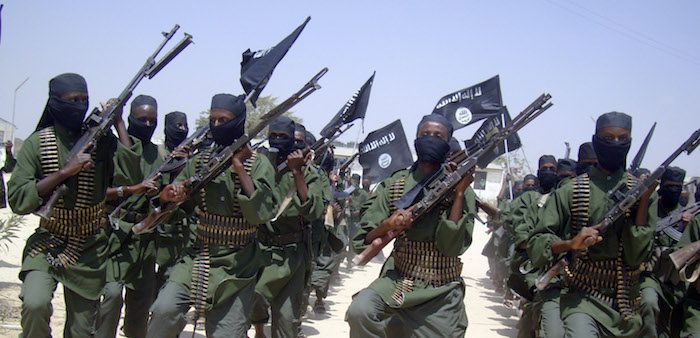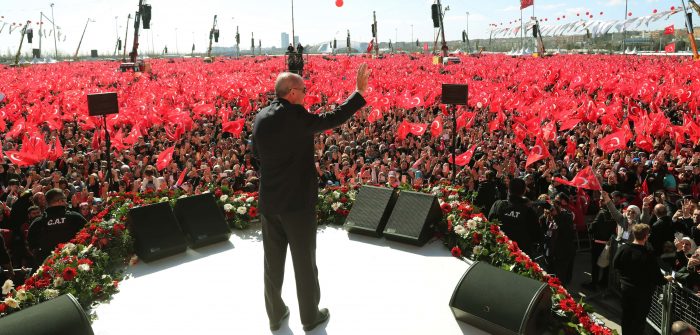

Late in the 1920s, the regime began fighting Islam (and other religions) in earnest. As Tadeusz Swietochowski wrote,4 at first the state remained within the limits of general modernization, which included expropriation of the waqfs (charity foundations), closing Islamic civil courts of justice, schools, and mosques, banning public religious ceremonies, and forcing women to refrain from covering their heads.

Soviet Islamic policy lived through several stages.

The Azeris were allowed to retain their national identity, of which Islam was one of the components.3 At the same time, Soviet power consistently undermined it by replacing the Islamic ummah with the Azeri national self-identity. In the past, the country was an example of religious tolerance: the Azerbaijanian Democratic Republic (ADR), which existed between 19, successfully combined democracy and Islam, which means that Azerbaijan has certain religious and democratic traditions that should be revived today.Īfter seizing power in 1920 by defeating the ADR, the Bolsheviks were at first too weak to suppress the Muslim clergy and national intelligentsia-they tried to lure them onto their side. The Republic of Azerbaijan, in which the Shi‘a majority and Sunni minority (not a small minority, by the way) are living side by side with each other as well as with all sorts of Christian confessions and Judaism, could serve as a model of peaceful coexistence and cooperation among religions. Today, the recent trends and events that took place in the Muslim world are affecting the CIS Muslim nations.2 Much in post-Soviet Islam brought to mind other Muslim countries that tried to set up new political institutions in the first years of their post-colonial independence. Missionaries and preachers of all hues, each with lots of money, arrived in huge numbers to change, together with the local “supporters of the faith,” the commonly accepted religious ideas and traditions and the already established lifestyle. On the whole, all sorts of religious groups and movements (not only Islamic) were very active in the Muslim regions during the post-communist transition period. Aliyev, “Crisis of Ethics under the Post-Communist Transition: Case of Political Economy of Azerbaijan,” in: Compendium of the Conference “Caspian Sea: Relations and CooperationMazandaran, Iran, October 2003.

The predominantly Muslim post-Soviet states supply the most graphic example of this revival: today many more people than before attend services and take part in other religious ceremonies in mosques the media and the academic community are actively discussing the process and its possible results and sociopolitical discussions of the subject are as vehement as ever.1ġğor more detail, see: F. Religious revival in practically all the Soviet successor states arose from the ruins of the official ideology of atheism and the communist system and gradually spread to all spheres of political, economic, social, and cultural life. Ligion to improve the social and economic context: today it has the unique chance of setting up a new model that combines secularism and revived Islam, since public perception of this concept has so far managed to escape the influence of radical ideologies. He is convinced that the country can hypothetically use re. The author analyzes the Islamic revival in the Republic of Azerbaijan, its specific characteristics, main actors, and potential trends he also formulates possible responses from the government to the challenges of the times. ISLAMIC REVIVAL IN AZERBAIJAN: THE PROCESS AND Post-graduate student at the Research Institute of Economic Reforms of the Ministry of Economic Development The solution lies in coexistence and cooperation both between Armenia and Azerbaijan, as well as between the Karabakhi Armenians and the Karabakhi Azerbaijanis. The Azerbaijanis and Armenians, bound together in a regional framework, territorial borders, and a local administrative arrangement, will achieve peace sooner, rather than remaining divided and clashing over a piece of land. A step-by-step approach would promote the overcoming of ethnic hatred, the softening of myths, and the elimination of prejudices. Once trust and interaction between the two nations begin, the final solution will come much easier.


 0 kommentar(er)
0 kommentar(er)
